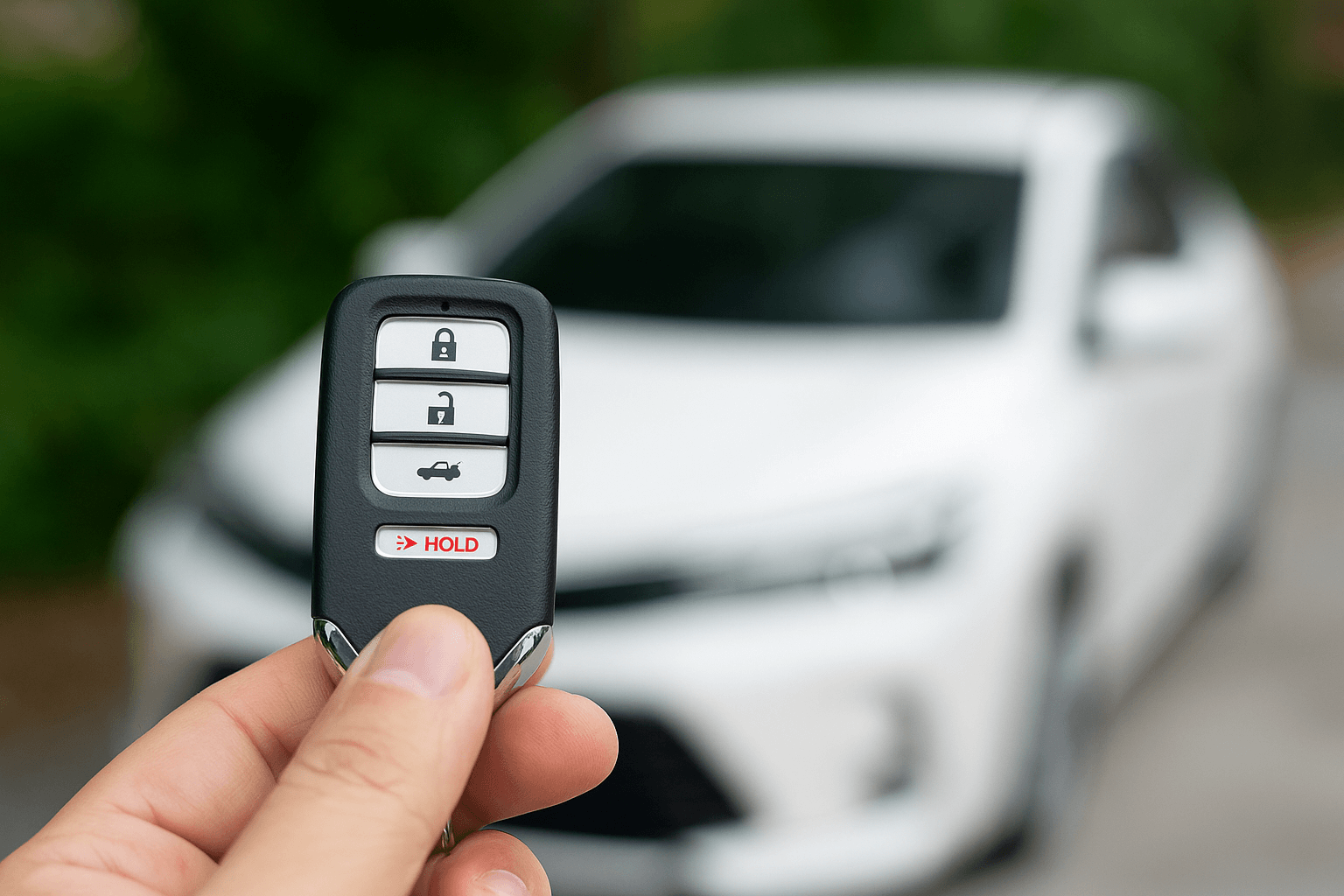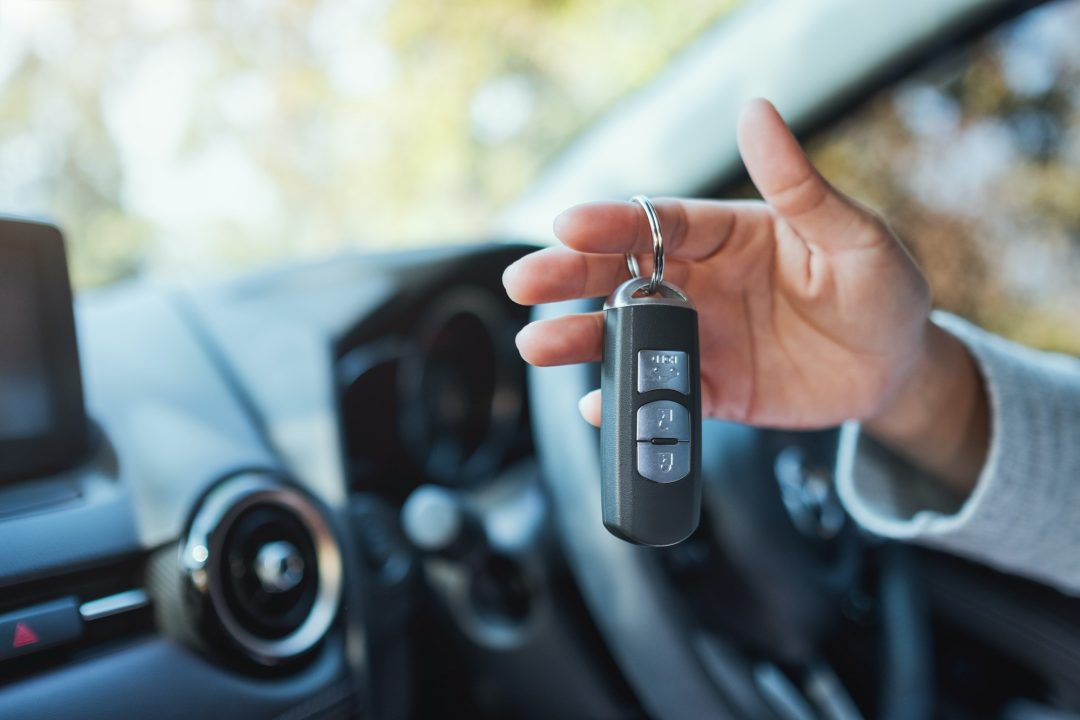[et_pb_section fb_built=”1″ _builder_version=”4.21.0″ _module_preset=”default” global_colors_info=”{}” theme_builder_area=”post_content”][et_pb_row _builder_version=”4.21.0″ _module_preset=”default” global_colors_info=”{}” theme_builder_area=”post_content”][et_pb_column type=”4_4″ _builder_version=”4.21.0″ _module_preset=”default” global_colors_info=”{}” theme_builder_area=”post_content”][et_pb_text _builder_version=”4.25.0″ _module_preset=”default” hover_enabled=”0″ global_colors_info=”{}” theme_builder_area=”post_content” sticky_enabled=”0″]
Guide to Resolving Stability Control System Faults
[/et_pb_text][/et_pb_column][/et_pb_row][et_pb_row column_structure=”2_5,3_5″ _builder_version=”4.21.0″ _module_preset=”default” global_colors_info=”{}” theme_builder_area=”post_content”][et_pb_column type=”2_5″ _builder_version=”4.21.0″ _module_preset=”default” global_colors_info=”{}” theme_builder_area=”post_content”][et_pb_image src=”data:image/svg+xml;base64,PHN2ZyB3aWR0aD0iMTA4MCIgaGVpZ2h0PSI1NDAiIHZpZXdCb3g9IjAgMCAxMDgwIDU0MCIgeG1sbnM9Imh0dHA6Ly93d3cudzMub3JnLzIwMDAvc3ZnIj4KICAgIDxnIGZpbGw9Im5vbmUiIGZpbGwtcnVsZT0iZXZlbm9kZCI+CiAgICAgICAgPHBhdGggZmlsbD0iI0VCRUJFQiIgZD0iTTAgMGgxMDgwdjU0MEgweiIvPgogICAgICAgIDxwYXRoIGQ9Ik00NDUuNjQ5IDU0MGgtOTguOTk1TDE0NC42NDkgMzM3Ljk5NSAwIDQ4Mi42NDR2LTk4Ljk5NWwxMTYuMzY1LTExNi4zNjVjMTUuNjItMTUuNjIgNDAuOTQ3LTE1LjYyIDU2LjU2OCAwTDQ0NS42NSA1NDB6IiBmaWxsLW9wYWNpdHk9Ii4xIiBmaWxsPSIjMDAwIiBmaWxsLXJ1bGU9Im5vbnplcm8iLz4KICAgICAgICA8Y2lyY2xlIGZpbGwtb3BhY2l0eT0iLjA1IiBmaWxsPSIjMDAwIiBjeD0iMzMxIiBjeT0iMTQ4IiByPSI3MCIvPgogICAgICAgIDxwYXRoIGQ9Ik0xMDgwIDM3OXYxMTMuMTM3TDcyOC4xNjIgMTQwLjMgMzI4LjQ2MiA1NDBIMjE1LjMyNEw2OTkuODc4IDU1LjQ0NmMxNS42Mi0xNS42MiA0MC45NDgtMTUuNjIgNTYuNTY4IDBMMTA4MCAzNzl6IiBmaWxsLW9wYWNpdHk9Ii4yIiBmaWxsPSIjMDAwIiBmaWxsLXJ1bGU9Im5vbnplcm8iLz4KICAgIDwvZz4KPC9zdmc+Cg==” _builder_version=”4.21.0″ _module_preset=”default” global_colors_info=”{}” theme_builder_area=”post_content”][/et_pb_image][/et_pb_column][et_pb_column type=”3_5″ _builder_version=”4.21.0″ _module_preset=”default” global_colors_info=”{}” theme_builder_area=”post_content”][et_pb_text _builder_version=”4.25.0″ _module_preset=”default” custom_padding=”0px||0px|||” hover_enabled=”0″ global_colors_info=”{}” theme_builder_area=”post_content” sticky_enabled=”0″]
The stability control system in modern vehicles is crucial for maintaining vehicle control during difficult driving conditions. This system uses sensors and electronic controls to help prevent skids or loss of traction. However, like any complex system, faults can occur, potentially compromising vehicle safety. Understanding how to diagnose and resolve these issues is vital for ensuring your vehicle operates safely and effectively.
[/et_pb_text][/et_pb_column][/et_pb_row][et_pb_row _builder_version=”4.21.0″ _module_preset=”default” global_colors_info=”{}” theme_builder_area=”post_content”][et_pb_column type=”4_4″ _builder_version=”4.21.0″ _module_preset=”default” global_colors_info=”{}” theme_builder_area=”post_content”][et_pb_text module_class=”outline_border_white redbox_cta” _builder_version=”4.20.2″ text_font=”Fira Sans|||on|||||” text_text_color=”#FFFFFF” text_font_size=”22px” background_color=”gcid-608057bc-50cc-4b1a-b022-07c31a7462f8″ text_orientation=”center” custom_margin=”5px||||false|false” custom_padding=”50px|50px|50px|50px|true|true” custom_padding_tablet=”” custom_padding_phone=”50px|25px|50px|25px|true|true” custom_padding_last_edited=”on|phone” text_font_size_tablet=”” text_font_size_phone=”18px” text_font_size_last_edited=”on|phone” text_orientation_tablet=”” text_orientation_phone=”center” text_orientation_last_edited=”on|phone” global_colors_info=”{%22gcid-608057bc-50cc-4b1a-b022-07c31a7462f8%22:%91%22background_color%22%93}” theme_builder_area=”post_content”]
Call (305)860-1440 For 24/7 Service
[/et_pb_text][/et_pb_column][/et_pb_row][et_pb_row _builder_version=”4.21.0″ _module_preset=”default” global_colors_info=”{}” theme_builder_area=”post_content”][et_pb_column type=”4_4″ _builder_version=”4.21.0″ _module_preset=”default” global_colors_info=”{}” theme_builder_area=”post_content”][et_pb_text _builder_version=”4.25.0″ _module_preset=”default” hover_enabled=”0″ global_colors_info=”{}” theme_builder_area=”post_content” sticky_enabled=”0″]
Common Symptoms of Stability Control System Faults
- Warning Lights: The most obvious sign of a fault is the illumination of the stability control system warning light on the dashboard.
- Reduced Traction: You may notice that the vehicle feels less stable or that the tires lose grip under conditions where this wouldn’t normally occur.
- Unusual Noises: Sounds from the engine bay or under the car can indicate that the system is attempting to stabilize the vehicle unnecessarily.
- System Deactivation: The system may deactivate itself and inform the driver via a dashboard message if a fault is detected.
Steps to Diagnose and Fix Stability Control System Faults
-
Diagnostic Scan:
- Tool: Use an OBD-II scanner to read fault codes from the vehicle’s computer. These codes can provide specific clues about what is malfunctioning within the stability control system.
- Process: Connect the scanner to the vehicle’s diagnostic port and follow the on-screen prompts to retrieve any stored codes.
-
Sensor Check:
- Action: Inspect all sensors related to the stability control system, including wheel speed sensors, steering angle sensors, and gyroscopic sensors. Check for physical damage, corrosion, or loose connections.
- Tool: A multimeter can be used to check sensor function by measuring resistance and voltage according to the manufacturer’s specifications.
-
Wiring and Connections Inspection:
- Action: Examine the wiring harnesses and connectors that link the stability control system’s sensors and the vehicle’s computer. Look for signs of wear, damage, or corrosion.
- Solution: Repair or replace any faulty wiring or connectors.
-
Calibration:
- Action: Some stability control system components, such as the steering angle sensor, may need recalibration if they have been disconnected or replaced.
- Tool: Calibration typically requires professional diagnostic equipment available at a dealership or auto repair shop.
-
Software Update:
- Action: Check for any software updates that might be available for the stability control system. Updates can correct software glitches that may cause the system to malfunction.
- Process: Software updates generally need to be performed at a dealership.
Preventive Measures
- Regular Maintenance: Include stability control system checks as part of regular vehicle maintenance.
- Avoid Harsh Conditions: While stability control systems are designed to handle tough driving conditions, avoiding unnecessary exposure to extreme elements can help prevent sensor damage and system wear.
FAQ
Q: How important is the stability control system for safety? A: Very important. It significantly enhances vehicle stability by reducing skidding and loss of control in slippery conditions, helping to prevent accidents.
Q: Can I drive my car if the stability control system warning light is on? A: While you can still drive the vehicle, it’s best to have it checked as soon as possible, especially if the weather or road conditions require enhanced vehicle stability.
Q: What might cause the stability control system to fail? A: Common causes include faulty sensors, damaged wiring, or software issues within the system’s control unit.
Q: How often should the stability control system be inspected? A: It’s a good idea to have the system checked annually or according to the vehicle manufacturer’s recommendations.
Conclusion
Addressing faults in your vehicle’s stability control system is crucial for maintaining optimal safety and performance. By following these diagnostic and repair steps, you can help ensure that your stability control system functions correctly, keeping you and your passengers safe on the road.
[/et_pb_text][/et_pb_column][/et_pb_row][et_pb_row _builder_version=”4.21.0″ _module_preset=”default” global_colors_info=”{}” theme_builder_area=”post_content”][et_pb_column type=”4_4″ _builder_version=”4.21.0″ _module_preset=”default” global_colors_info=”{}” theme_builder_area=”post_content”][et_pb_text _builder_version=”4.21.0″ _module_preset=”default” custom_padding=”|||8px||” global_colors_info=”{}” theme_builder_area=”post_content”][/et_pb_text][/et_pb_column][/et_pb_row][et_pb_row _builder_version=”4.21.0″ _module_preset=”default” global_colors_info=”{}” theme_builder_area=”post_content”][et_pb_column type=”4_4″ _builder_version=”4.21.0″ _module_preset=”default” global_colors_info=”{}” theme_builder_area=”post_content”][et_pb_text _builder_version=”4.21.0″ _module_preset=”default” global_colors_info=”{}” theme_builder_area=”post_content”][/et_pb_text][/et_pb_column][/et_pb_row][/et_pb_section]







